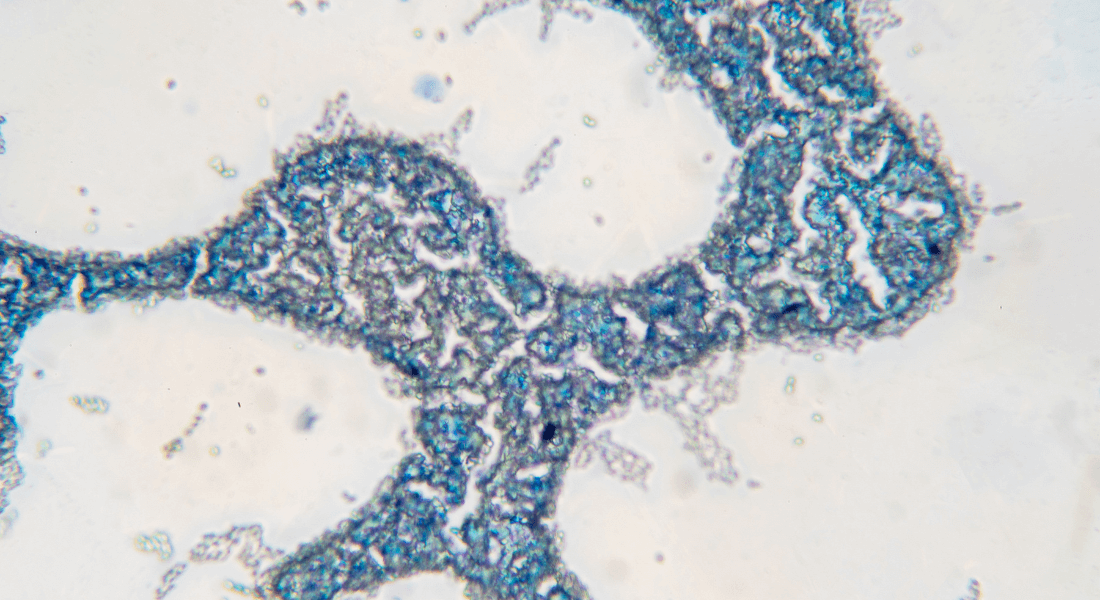PhD defence by Jianyong Chen

Biosynthesis of non-canonical terpenoids in yeast through synthetic biology
Terpenoids are the largest and most structurally diverse family of natural products, many of which are highly valuable as pharmaceuticals, fragrances, flavors, or even biofuels. The biosynthesis of these molecules is based on two five-carbon isoprenoid building blocks, IPP and DMAPP. Consequently, terpenoids typically feature backbones containing multiples of five carbon atoms. The process begins with sequential addition of isoprenoid units to form linear diphosphate precursors of defined carbon lengths, which are then cyclized by terpene synthases into miscellaneous hydrocarbon skeletons, followed by the decoration by various decorating enzymes, such as cytochrome P450s, O-acetyltransferases, O-methyltransferases, dehydrogenases, leading to the vast diversity of the terpenoid family. This biosynthetic pathway is generally modular and rigid in natural hosts. To transcend this limitation, manipulating biological systems to synthesize unconventional building blocks will offer a way to systematically produce non-canonical terpenoids, which may have potential applications.
The aim of this PhD thesis project was to surpass the "isoprene rule" and enable the production of non-canonical terpenoids in baker's yeast, Saccharomyces cerevisiae, thereby expanding the chemical space and providing novel molecules with potentially improved or unique properties. Additionally, the project aimed to biosynthesize inert C-H alkylated derivatives of natural terpenoids, specifically those with complex backbones and additional functional groups, a task that remains challenging for chemical synthesis. The project also sought to enhance the production of non-canonical terpenoids through metabolic and protein engineering, facilitating their subsequent investigation and potential applications.
Initial studies demonstrated that introducing an alternative GPP methyltransferase into yeast could lead to the biosynthesis of a new class of C11 terpenoids. The bacterial enzyme BezA, was recently reported to methylate GPP at the C-6 position, unlike the well-known C-2 GPP methyltransferases previously discovered to be involved in the biosynthesis of 2-methylisoborneol. However, BezA was tested but proved inactive in yeast. Following this, I identified and tested several BezA homologs, with SaGPPMT emerging as the most effective in this host. This enzyme, when coupled with various plant-derived monoterpene synthases, enabled the production of 18 distinct C11 terpenoids. Production yields of C11 terpenoids were significantly improved using strategies such as protein fusion and peroxisomal compartmentalization, although C10 terpenoids still dominated the overall production. Thus, I embarked on protein engineering of monoterpene synthases, eventually revealing a single-residue switch that shifted the enzymes' preference from C10 to C11 production.
Further research focused on engineering SaGPPMT variants in yeast, which led to the production of novel 16-carbon terpenoids. A previous study showed that the W210A variant of BezA functioned as an FPP methyltransferase, producing linear 6-methyl FPP. However, I found that in yeast, the corresponding SaGPPMT variants catalyzed both the methylation and cyclization of FPP. Despite initial challenges with enzyme activity and product specificity, various strategies were employed to improve C16 terpenoid production. Protein engineering of SaGPPMT generated several new variants, along with W212A, each displaying distinct product distribution. In addition, I identified two bacterial terpene synthases, HaKS and CYC2, which could convert the C16 building blocks. The introduction of the superior W212V variant, combined with each bacterial synthase, resulted in a significant increase in the production of certain C16 terpenoids. Moreover, the subsequent utilization of protein fusion and genome integration strategies further boosted the titers, making it possible to achieve the structural identification of six novel C16 terpenoids.
The final phase of this thesis investigated the function of an IPP methyltransferase from Streptomyces monomycini (SmIPPMT) in yeast, resulting in the biosynthesis of at least 10 non-canonical building blocks, including C11, C12, C16, C17, and C31 molecules. These building blocks, when paired with various terpene synthases, enabled the production of 30 distinct noncanonical terpenoids in yeast. This subproject also addressed the challenge of synthesizing inert sp3 C-H alkylated derivatives of natural terpenoids with complex backbones and additional functional groups. This success was highlighted by two proof-of-concept studies: the production of non-canonical C16 variant of artemisinic acid, a precursor to the antimalarial drug, and the biosynthesis of non-canonical analogs of cannabigerolic acid, a pharmaceutical compound.
The overall findings in this thesis demonstrate the significant potential of using methyltransferases in systematically expanding terpenoid diversity within engineered hosts.
Furthermore, this strategy represents a sustainable and facile approach for deriving complex molecules, in contrast to traditional organic synthesis. These findings shed light on the pathway for the exploration and application of previously untapped structures, many of which were difficult to obtain using conventional methods.
Supervisors
Professor Sotirios Kampranis, PLEN
Assessment committee
Professor Kriton Kalantidis, University of Crete
Associate Professor Ling Ding, DTU
Associate Professor Tomas Laursen, PLEN (Chair)
Time and place
17 February 2025 at 14:00 at A1-04-01, Grønnegårdsvej 7, 1870 Frederiksberg
